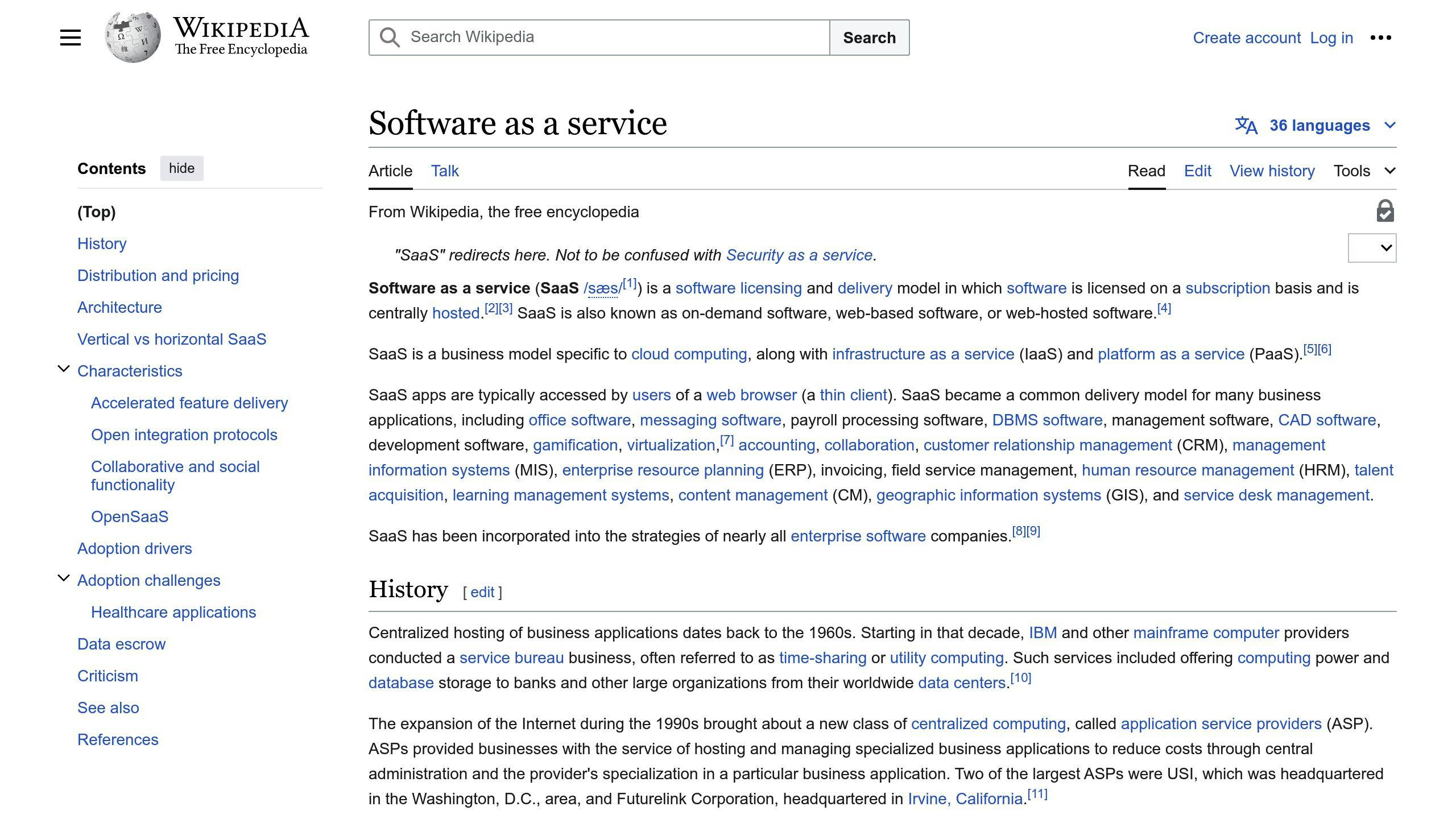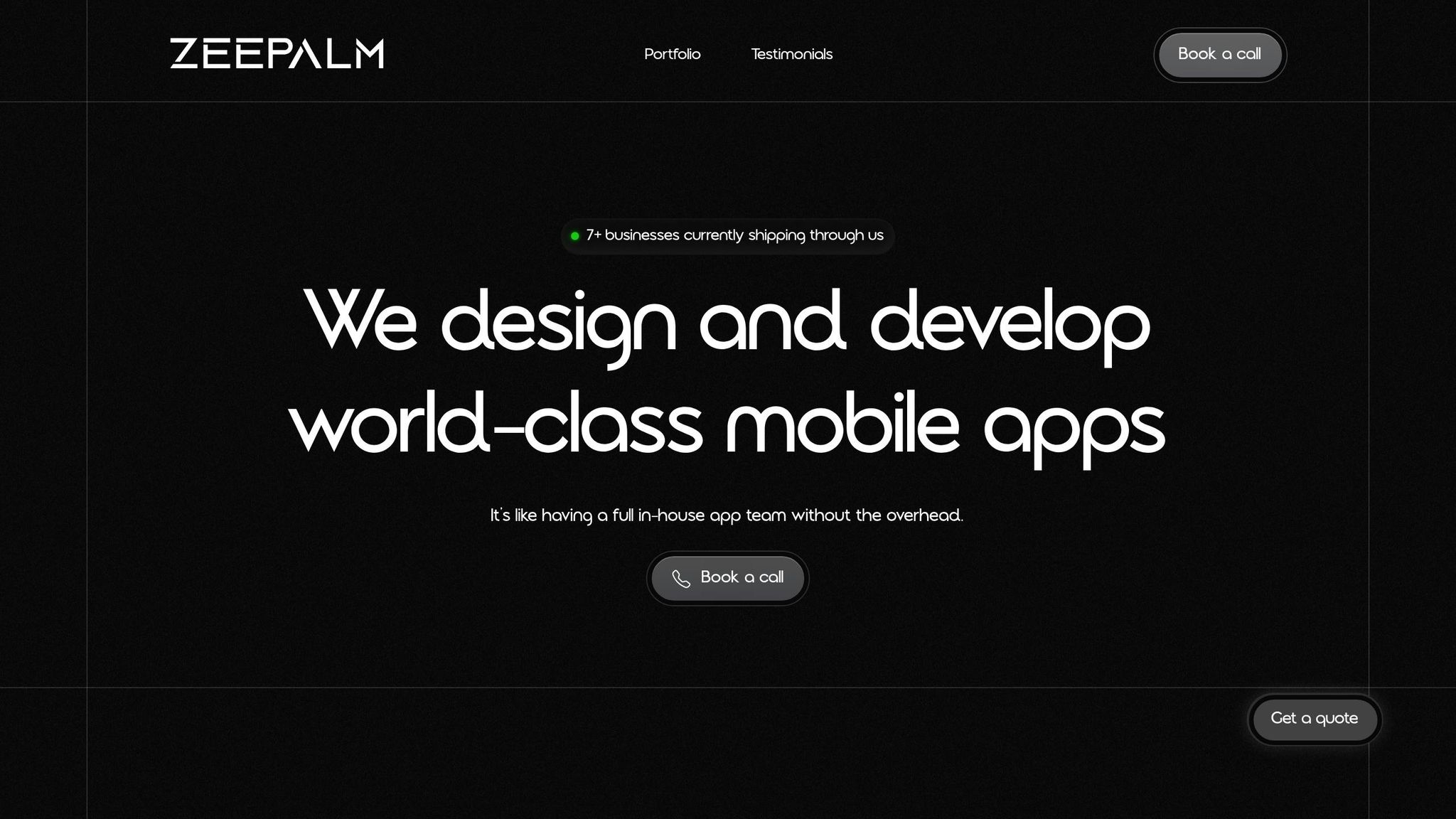When it comes to mobile app testing, there are two main approaches: using emulators (virtual devices) or real devices. Here's a quick comparison:
Emulators:
- Lower cost
- Faster setup and easier to use
- Limited accuracy for performance testing
- Cannot fully replicate real-world conditions
- Wide coverage of OS and device configurations
- Suitable for initial development stages
Real Devices:
- Higher cost
- Slower setup and more complex to manage
- More accurate performance testing results
- Essential for testing real-world conditions
- Limited by available hardware
- Necessary for advanced stages and final validation
To ensure comprehensive testing, it's recommended to combine both approaches:
- Use emulators for initial coding, feature verification, and broad device coverage
- Leverage real devices for final validation, user-centric testing, and accurate performance measurement
Cloud testing platforms offer a scalable and cost-effective solution for accessing a diverse range of real devices and operating systems.
CriteriaEmulatorsReal DevicesCostLowerHigherSetup and UseFaster and easierSlower and more complexPerformance TestingLimited accuracyMore accurate resultsReal-world ConditionsCannot fully replicateEssential for testingRange of TestsWide OS and device coverageLimited by hardware availabilitySuitability forInitial development stagesAdvanced stages and final validation
By combining the strengths of both emulators and real devices, developers can ensure their apps meet the needs of their target audience and provide a better user experience.
What Are Emulators?
Emulators are software programs that mimic the behavior of a specific device or system, allowing developers to test and run their applications in a virtual environment. In the context of mobile app testing, emulators replicate the functionality of a mobile device, such as Android or iOS, on a computer.
Emulator Benefits
Emulators offer several advantages to developers:
BenefitDescriptionCost savingsEmulators eliminate the need to purchase multiple devices for testing, reducing costs and increasing efficiency.Ease of setupEmulators are relatively easy to set up and configure, allowing developers to quickly test their apps.Wide device and OS supportEmulators can simulate a wide range of devices and operating systems, making it possible to test apps on various platforms.
Emulator Drawbacks
While emulators are useful, they also have some limitations:
DrawbackDescriptionInability to replicate real-world conditionsEmulators cannot fully replicate the real-world conditions and interactions that occur on physical devices.Limited sensor simulationEmulators may not be able to simulate certain sensors, such as GPS, accelerometer, or camera, which can affect app performance.Performance differencesEmulators may not accurately reflect the performance of a physical device, which can lead to inaccurate test results.
Testing on Real Devices
Testing on real devices is a crucial part of the mobile app testing process. While emulators can provide a good starting point for testing, they cannot replicate the real-world conditions and interactions that occur on physical devices.
Why Use Real Devices?
There are several scenarios where testing on actual devices is necessary for the integrity of the user experience and app performance. These include:
ScenarioDescriptionAccurate performance testingReal devices provide more accurate and reliable performance measurements, taking into account the implications of specific hardware on performance.Better user interface (UI) validationsTesting on real devices allows for more accurate UI validations, including the accuracy of the UI, usability issues, and how the app behaves when interacting with device hardware and sensors.Improved hardware and sensor-related validationsReal devices enable testing of device-specific features, such as camera, accelerometer, and biometrics, which cannot be fully replicated on emulators.Real-world network condition variabilityTesting on real devices allows for testing in various network conditions, such as weak signal, Wi-Fi, and switching between networks.
Real Device Challenges
While testing on real devices is crucial, it also comes with its own set of challenges. These include:
ChallengeDescriptionHigh costs of hardware acquisitionMaintaining a diverse device library can be expensive, especially when considering the cost of purchasing and updating devices to keep up with the latest technology.Complexity of managing a diverse device libraryManaging a large device library can be complex, requiring significant resources to maintain and update devices, as well as ensure that they are properly configured for testing.
Despite these challenges, testing on real devices is essential for ensuring that mobile apps provide a seamless and high-quality user experience. By understanding the benefits and challenges of real device testing, developers can make informed decisions about their testing strategies and ensure that their apps meet the needs of their target audience.
Choosing Emulators or Real Devices
When deciding between emulators and real devices for mobile app testing, it's essential to understand the advantages and limitations of each option.
When to Use Emulators
Emulators are ideal for:
ScenarioDescriptionInitial coding and feature verificationEmulators offer a cost-effective and efficient way to test applications across a broad range of device configurations.Testing on a wide range of device configurationsEmulators can simulate various screen sizes, resolutions, and operating systems.Automation and quick setupEmulators provide quick setup and automation capabilities, streamlining the testing process.
When to Use Real Devices
Real devices are essential for:
ScenarioDescriptionFinal validation and user-centric feature testingReal devices provide a more accurate assessment of app performance, taking into account the nuances of specific hardware configurations.Testing device-specific features and hardwareReal devices enable testing of device-specific features, such as camera, accelerometer, and biometrics.Accurate performance measurement and UI validationReal devices provide a more accurate measurement of app performance and UI validation.Real-world network condition variability testingReal devices allow for testing in various network conditions, such as weak signal, Wi-Fi, and switching between networks.
By understanding the benefits and limitations of emulators and real devices, developers can make informed decisions about their testing strategies and ensure that their apps meet the needs of their target audience.
sbb-itb-8abf120
Combining Emulators and Real Devices
When it comes to mobile app testing, using both emulators and real devices can provide the most comprehensive coverage. By leveraging the strengths of both approaches, developers can ensure their apps meet the needs of their target audience.
Balancing Both Methods
Emulators: Ideal for Initial Testing
Emulators are cost-effective and efficient for initial coding and feature verification. They allow developers to test applications across a broad range of device configurations.
Real Devices: Essential for Final Validation
Real devices are necessary for final validation and user-centric feature testing. They provide a more accurate assessment of app performance, taking into account the nuances of specific hardware configurations.
To balance both methods, developers can use emulators in the early stages of development to identify and fix bugs, and then move to real devices for final testing and validation.
Cloud Testing Platforms
Cloud-based testing platforms offer a viable solution to accessing a diverse range of devices and operating systems for both automated and manual testing. These platforms provide developers with on-demand access to a vast pool of devices, allowing them to test their apps on a wide range of devices and configurations without the need for physical device ownership.
Benefits of Cloud Testing Platforms
BenefitDescriptionScalabilityScale testing efforts and reduce costsAccessibilityAccess a vast pool of devices and operating systemsAutomationLeverage automated testing and performance monitoringAnalyticsGain insights into app performance and user behavior
By combining emulators and real devices, and leveraging cloud testing platforms, developers can ensure their apps are thoroughly tested and optimized for a wide range of devices and scenarios, resulting in a better user experience and increased customer satisfaction.
Conclusion
Key Points Summary
In conclusion, the debate between real device testing and emulator testing is not a simple one. Both approaches have their advantages and disadvantages. Emulators are ideal for initial testing, allowing developers to test applications across a broad range of device configurations in a cost-effective and efficient manner. Real devices, on the other hand, are essential for final validation and user-centric feature testing, providing a more accurate assessment of app performance.
By combining the strengths of both approaches, developers can ensure their apps meet the needs of their target audience. Cloud testing platforms offer a scalable and cost-effective solution for accessing a diverse range of devices and operating systems.
Key Takeaways
PointDescriptionEmulatorsIdeal for initial testing and feature verificationReal DevicesNecessary for final validation and user-centric feature testingCombinationProvides the most comprehensive coverageCloud TestingOffers a scalable and cost-effective solution for accessing diverse devices and operating systems
By leveraging the strengths of both approaches, developers can ensure their apps meet the needs of their target audience and provide a better user experience.
Emulators vs Real Devices Comparison
Here's a clear comparison of emulator and real device testing to help you make informed decisions about your testing strategy.
CriteriaEmulatorsReal DevicesCostLower costHigher costSetup and UseFaster and easierSlower and more complexPerformance TestingLimited accuracyMore accurate resultsReal-world ConditionsCannot fully replicateEssential for testingRange of TestsWide OS and device coverageLimited by hardware availabilitySuitability forInitial development stagesAdvanced stages and final validation
This table highlights the key differences between emulator and real device testing, enabling you to choose the best approach for your needs.
FAQs
What is the difference between mobile testing emulator and device?
There are two main types of devices for testing: real devices and virtual devices (emulators and simulators). The key difference is that simulators only mimic the software features, while emulators cover both software and hardware.
What is the difference between emulator testing and real device testing?
Here's a comparison of emulator testing and real device testing:
CriteriaEmulator TestingReal Device TestingCostLower costHigher costSetup and UseFaster and easierSlower and more complexPerformance TestingLimited accuracyMore accurate resultsReal-world ConditionsCannot fully replicateEssential for testingRange of TestsWide OS and device coverageLimited by hardware availabilitySuitability forInitial development stagesAdvanced stages and final validation
Real device testing is a recommended component of a comprehensive mobile app testing strategy, especially when used in combination with virtual devices (Android emulators and iOS simulators).


.png)









